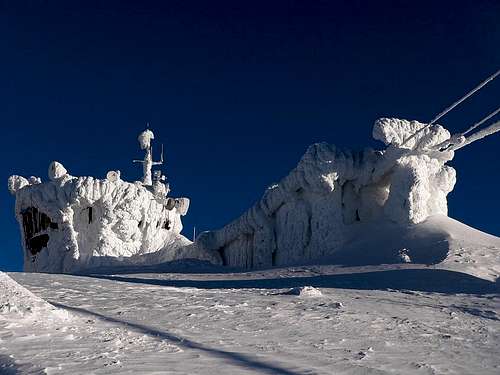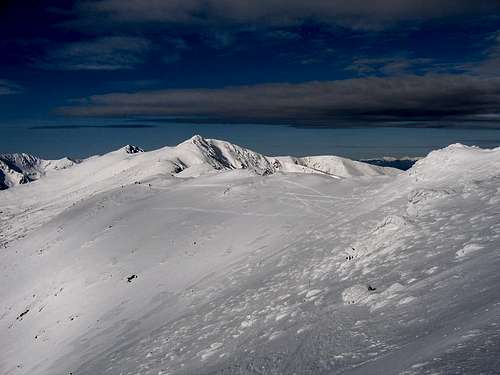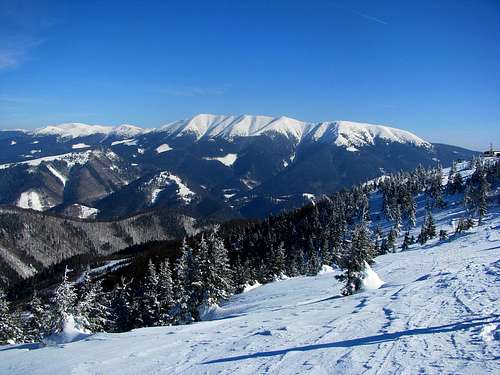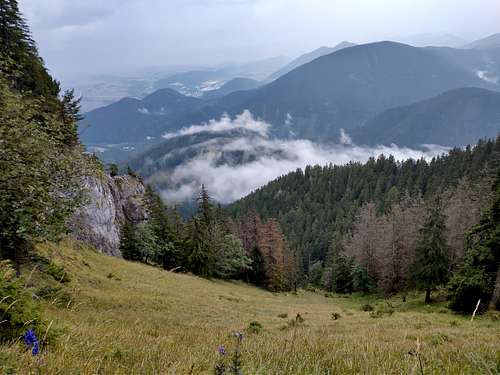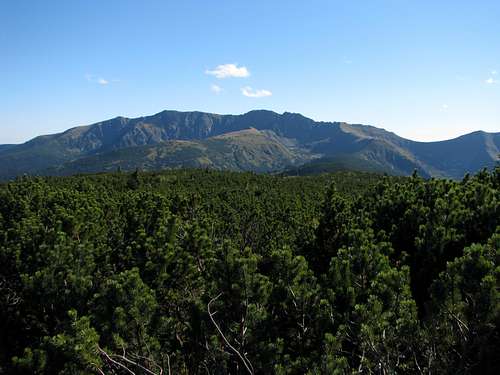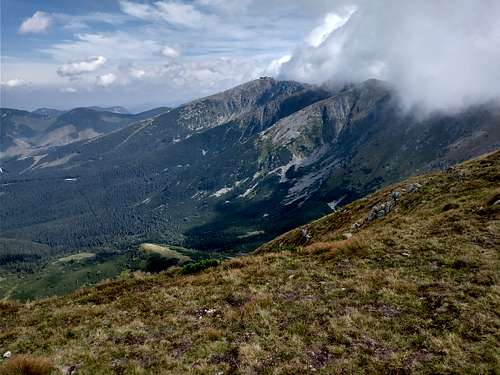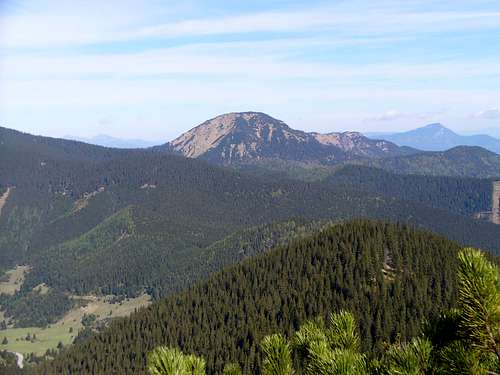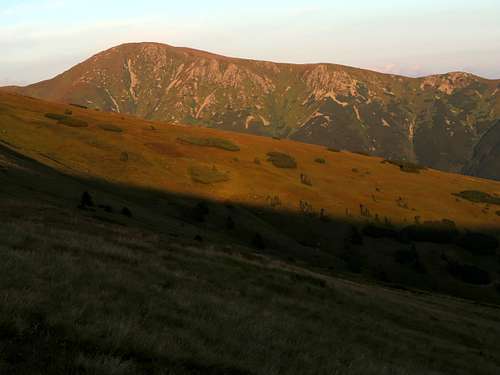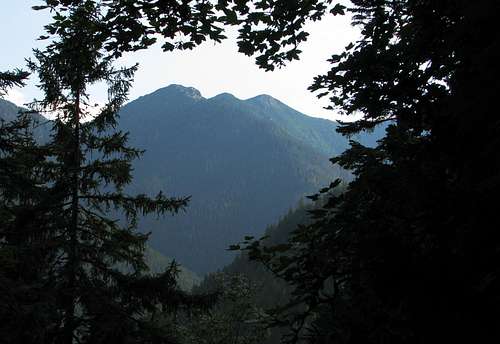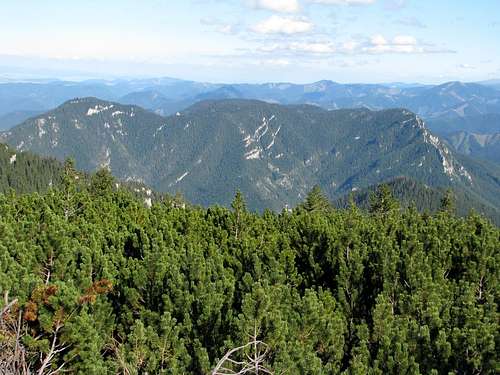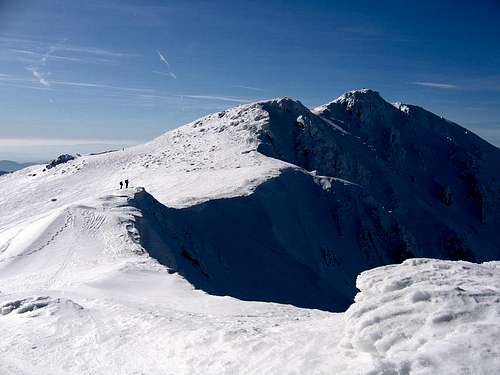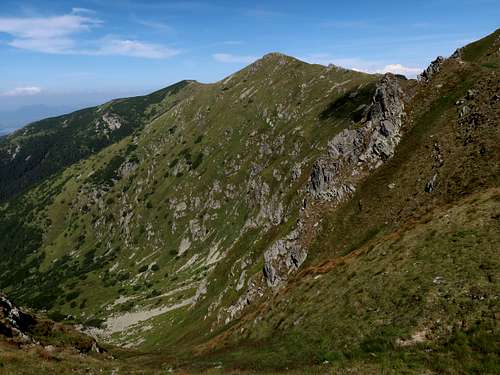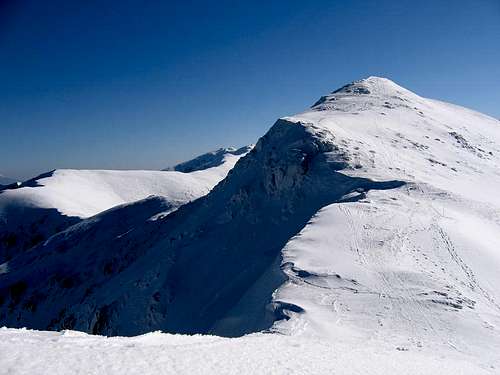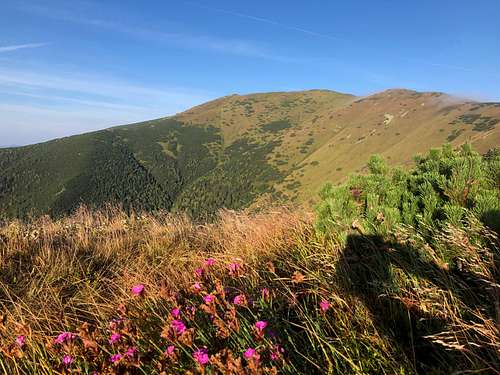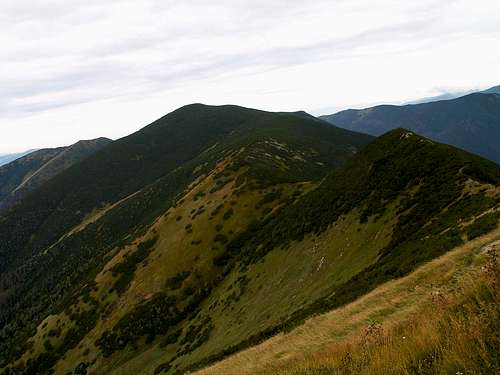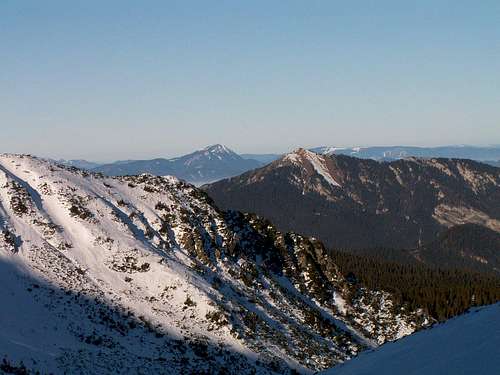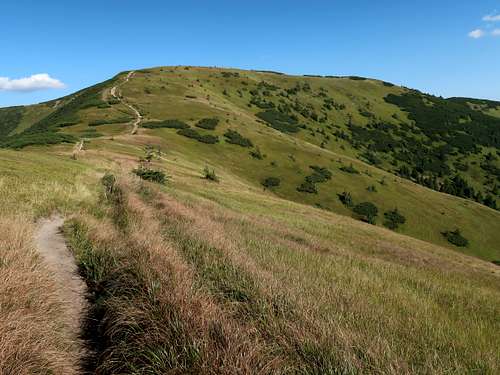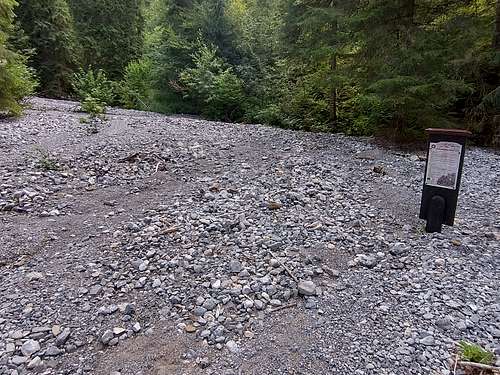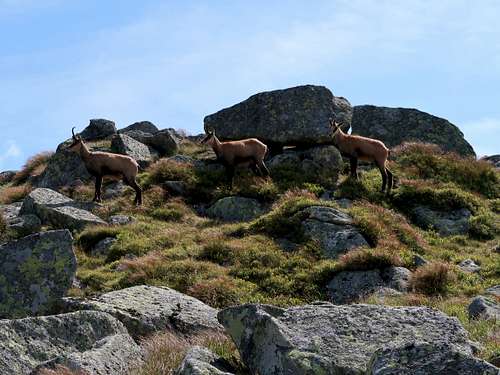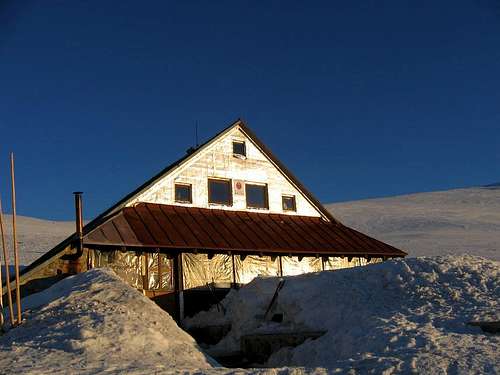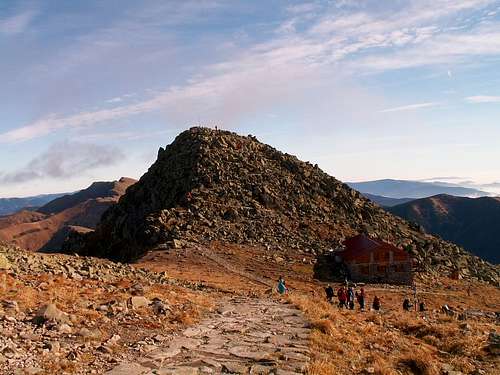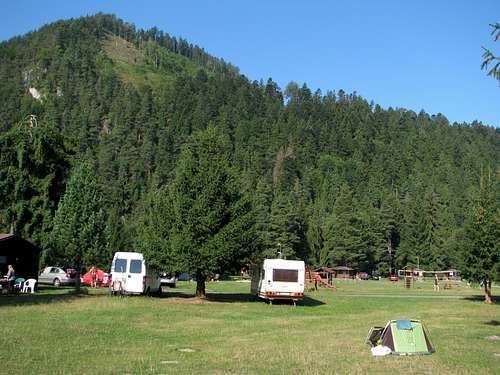|
|
Area/Range |
|---|---|
|
|
48.93667°N / 19.64028°E |
|
|
Hiking, Skiing |
|
|
Spring, Summer, Fall, Winter |
|
|
6713 ft / 2046 m |
|
|
Overview
|
The range of Nízke Tatry (Low Tatras) is usually divided into two parts: the Ďumbierske Tatry, which extends west from Čertovica Saddle, and the Kráľovohoľské Tatry east from it. The latter is lower and less interesting to the hiker, the former contains the highest summits and a limestone-and-dolomite area north of the main ridge. The name Ďumbierske Tatry (Ďumbier Tatras) comes from their highest peak. (Similarly, the eastern part of the Low Tatras is named after Kráľová hoľa.) Slovak geographers usually divide the Ďumbierske Tatry into four quarters (and the Lúžňa Basin):
|
Interesting Summits
|
Since the area of the Ďumbierske Tatry is vast, with plenty of summits, it made me think hard which of the summits are the most attractive and why. When I had made a list of summits which seemed the most interesting to me, I asked myself what traits made them more attractive than others. The answer was the following three factors: elevation, ‘boldness’ and topographic isolation. One more thing I have done, which I suppose most of you will find weird while my mathematical mind found it fun, was look for a formula (containing the three variables) that would result in a top ten list similar to my intuitive choices but a little more objective. The result of that trial and error search is the following table. Apart from the usual problem what weight should be applied to each criterion, the main issue was how to measure the ‘boldness’ of a summit. I couldn’t think of anything better than prominence, and the first thing I did was rule out summits whose prominence is less than a hundred metres. The peaks in the table (with prominence of >100m) were ranked by my own, specially developed for this area, following formula: Elevation (in metres) + Prominence (in metres) + Topographic Isolation (in km) multiplied by 50.
And here is a list of the eight highest summits including those with a prominence of 30 to 100m (in italics):
Štiavnica is part of the Ďumbier massif, located in a nature reserve east of the main summit, away from the waymarked trail. Dereše sits on the main ridge nearly 1.5km west of Chopok. Kotliská lies farther west, about 6.5-km walk from Chopok. Zákľuky is the highpoint of a lateral ridge which forms the western border of the Demänovská Valley. Some of the peaks haven’t been mentioned yet although they do stand out of their surroundings (and were not far from qualifying into the top ten). These are Besná/Králička at 1807m (nearly 100m of prominence) sitting on the main ridge between Ďumbier and Čertovica Pass, Veľký Gapeľ at 1776m (over 100 of prominence) south of Ďumbier (away from the waymarked trail), Siná at 1560m (250m of prominence) in the Demänovské vrchy and Latiborská hoľa at 1648m (over 100m of prominence) on the main ridge near the west end of the Prašivá Group. |
Maps
|
Red Tape, Camping & Warnings
|
Getting There & Accommodation


To the north of the area lies the Liptov Basin with the towns of Ružomberok and Liptovský Mikuláš, a motorway (E50) and a major train line (one of the oldest railway lines in Europe, with several Intercity and fast trains a day). Similarly, National Road 66 and a railway line run along the south fringe of the Ďumbierske Tatry linking the towns of Banská Bystrica and Brezno. Along the eastern border of the area, including Čertovica Pass, runs NR 72. Access from the west is provided by NR 59. By car you can also get very near the summit of Chopok, either from the north (up the Demänovská Valley) or from the south. (From where the roads end you can travel to the summit by cable car.) The other local roads will not take you far into the mountains, except for the one connecting the villages of Liptovská Lúžna and Partizánska Ľupča, which can bring you near Salatín and from which a side road will take you to the settlement of Magurka, on the boundary between the Prašivá and Ďumbier groups, just about 2km away from the main ridge.
|
Mountain Conditions
- Forecast for Chopok on meteobox.sk
- Forecast for Liptovská Lúžna on meteocentrum.cz
- Forecast for Liptovský Hrádok on AccuWeather
- Mountain conditions on Mountain Rescue Service (HZS) site
